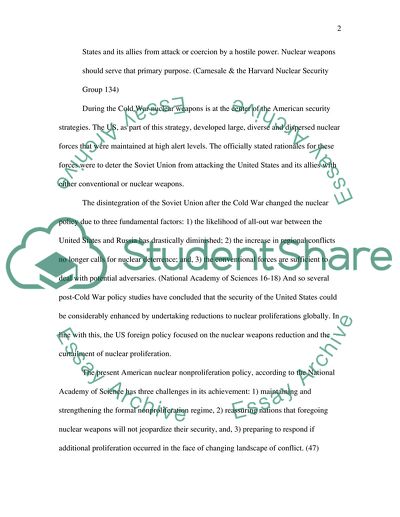Cite this document
(“US Foreign Policy and Nuclear Proliferation Research Paper”, n.d.)
US Foreign Policy and Nuclear Proliferation Research Paper. Retrieved from https://studentshare.org/miscellaneous/1559470-us-foreign-policy-and-nuclear-proliferation
US Foreign Policy and Nuclear Proliferation Research Paper. Retrieved from https://studentshare.org/miscellaneous/1559470-us-foreign-policy-and-nuclear-proliferation
(US Foreign Policy and Nuclear Proliferation Research Paper)
US Foreign Policy and Nuclear Proliferation Research Paper. https://studentshare.org/miscellaneous/1559470-us-foreign-policy-and-nuclear-proliferation.
US Foreign Policy and Nuclear Proliferation Research Paper. https://studentshare.org/miscellaneous/1559470-us-foreign-policy-and-nuclear-proliferation.
“US Foreign Policy and Nuclear Proliferation Research Paper”, n.d. https://studentshare.org/miscellaneous/1559470-us-foreign-policy-and-nuclear-proliferation.


